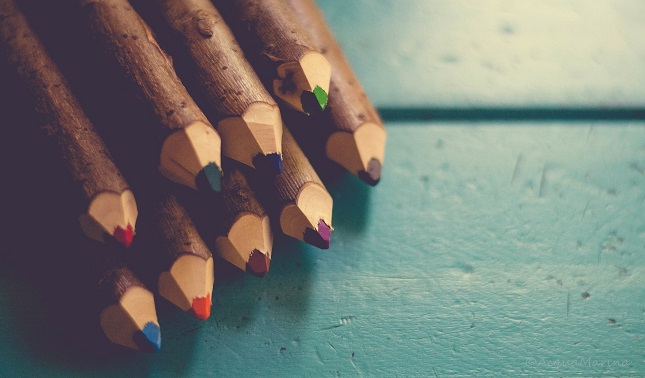How Coloring Helps in Therapy for Substance Abuse
Evidence shows that art therapy has a positive impact on stress levels, particularly with depression and anxiety but did you know that it has also been used as a therapy for substance abuse? In recent months, there has been a major surge in the popularity of coloring books. In fact, they claimed top spots in Amazon’s Top 100 for 2015 and already even a couple for 2016. But, is coloring considered art therapy and if so, can it be an effective tool in therapy for substance abuse?
What is Art Therapy for Substance Abuse?
According to the American Art Therapy Association, art therapy is usually facilitated by an art therapist who uses the creative process and its resulting artwork to explore the feelings, reconcile emotional conflicts, foster self-awareness, manage behavior, develop social skills, and reduce anxiety for people recovering from drug abuse.

Art Therapy Vs. Coloring Books
Some researchers don’t really consider coloring a form of art therapy simply because in order for art therapy to work it’s magic you usually have to create something from scratch. Drena Fagen, an art therapist and instructor at New York University’s Steinhardt School shared, “I don’t consider the coloring books as art therapy,” she told The Guardian. “I consider the coloring books therapeutic, which is not the same thing.” It’s not the same thing, that much is true, but it doesn’t discount the effect that a few minutes of scribbling on paper can have on your recovery. We think that coloring books are a great way for people who may not consider themselves to be creative or artistic to utilize parts of their minds that otherwise don’t get exercised.
That being said, Dr. Stan Rodski, a neuropsychologist, says that coloring relaxes the mind in a similar way to that of meditation. “The most amazing things occurred — we started seeing changes in heart rate, changes in brainwaves,” he told the Australian Broadcasting Corporation. Another interesting view is from that of Dr. Joel Pearson, a brain scientist at the University of New South Wales in Australia. He believes that concentrating on coloring in an image or picture may help replace negative thoughts with more pleasant ones. “You have to look at the shape and size, you have to look at the edges, and you have to pick a color,” he told Nine MSN. “It should occupy the same parts of the brain that stops any anxiety-related mental imagery happening as well. … Anything that helps you control your attention is going to help.”
So what’s the deal? Does it work or is it just a passing fad? As Drena Fagen said, it’s not a form of therapy but it is therapeutic, meaning that it can contribute to healing those who are recovering from drug abuse or alcohol addiction.
Have you tried a coloring book? What were the results like for you? Share with us in the comments below or via our Facebook page. We love hearing from you!
If you or someone you care about could benefit from outpatient addiction treatment, contact Discovery Transitions today at +1-(866)-916-3211 to speak with an addiction counselor. We can provide information about the treatment programs at our intensive outpatient addiction treatment center and answer any questions you might have about your addiction and recovery.



 Call
Call Text
Text